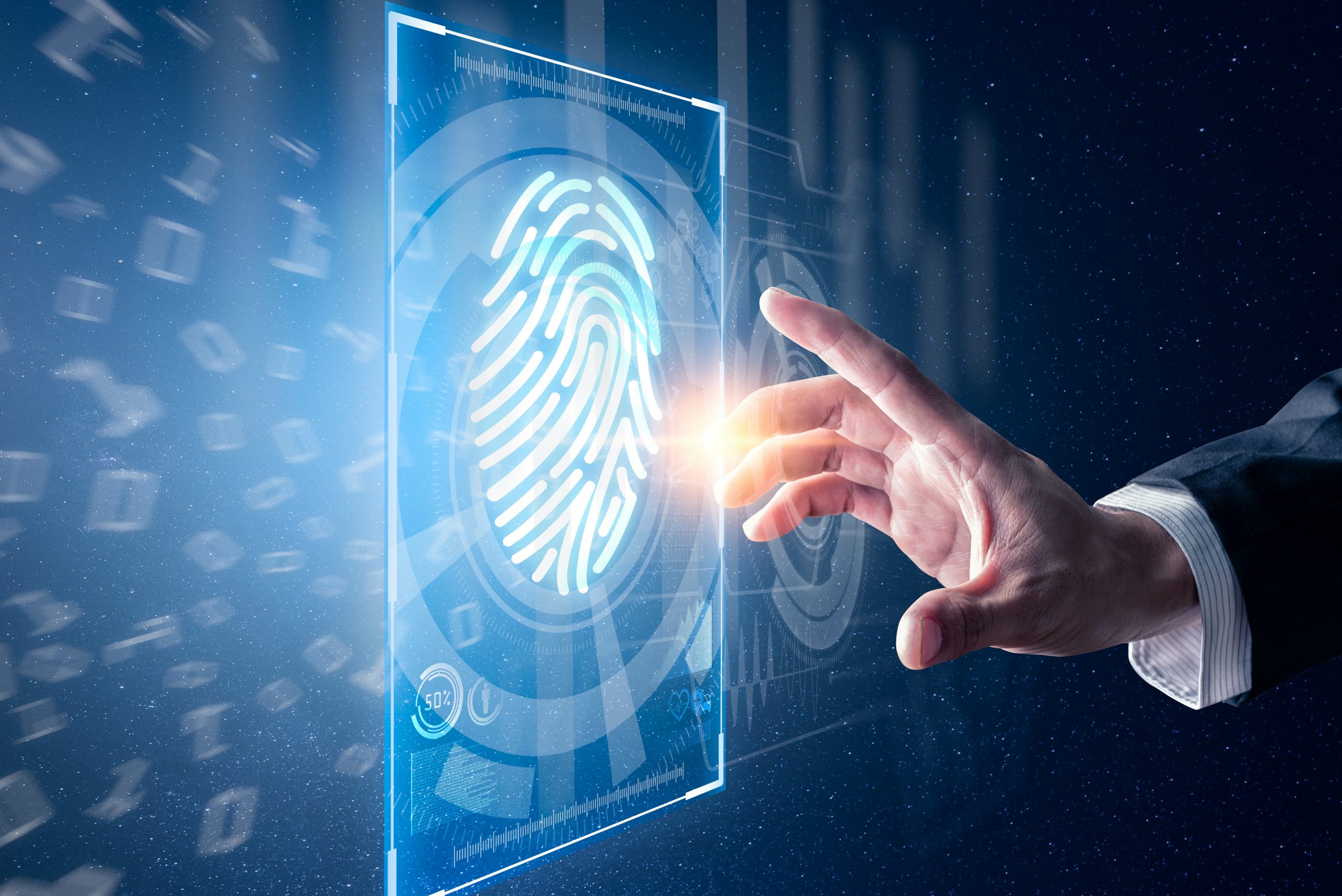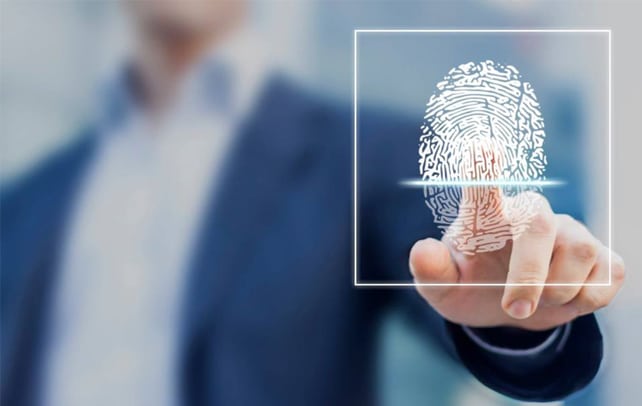In the science fiction movies of the 1970s and 1980s, facial recognition software, retinal scanning, and other identification systems were considered futuristic and quite possibly out of reach. Flash forward to today and just about everyone unlocks their cell phones using fingerprint pads, eye scanning, or facial recognition. Powerful authentication software can be located in the tiniest of devices, making our world that much more secure.
An Overview of Biometrics
Biometrics occurs when a person’s unique bio patterns are scanned and stored into a computer. Various types of biometric hardware can be used to scan a person’s image, retina, fingerprint, face, and so forth. Biometric software can then be used to store scanned information. When scanned again, the person matching the stored data will be allowed access to specific information. Levels of security are truly determined by how up-to-date and sophisticated the biometric hardware and software are, as some people can hack these processes if they are not very secure.
Applications of Biometrics
Today, biometric software exists on cell phones, throughout sensitive areas in government complexes, at automated teller machines, and so forth. For the most part, biometric scanning is used for security purposes. In today’s digital world, it’s very easy for cybercriminals to hack into various accounts to steal personally identifiable information or PII. PII can include bank account numbers, credit card numbers, birth information, social security information, and a wealth of other information that can be used by cybercriminals to open up lines of credit, purchase large ticket items like houses and cars, and even create new identities. Security software that is advanced and reliable can thwart cybercriminals and keep a person’s PII safe.
Different Types of Biometric Measurement
The two basic types of biometric measurements are physiological and behavioural.
Physiological biometric measurements tend to measure physical features such as the shape of the face or the shape of the hand. Retinal scans, facial recognition software, and fingerprint recognition are all types of physiological measurements.
Behavioural biometric measurements measure a person’s movements. How one signs a document or how one walks can be measured with specialised software.
Usage of both measurements can ensure that people are who they claim to be. In high-tech places where there is a lot to lose if impersonators infiltrate key systems, security analysts will want to have the latest and most advanced software to determine identity. As technology continues to advance, it will be easier and easier to determine a person’s identity based on both physiological and behavioural measurements.
Places that Use Biometric Measurement
While the science of biometric measurement is becoming more advanced every day, this doesn’t mean that the technology is readily available to all industries, nor is every industry adopting the latest software. Still, some industries are more prone to use biometric measurements regularly.
Places that are at high risk of identity theft are at the top of the list of industries to use biometric measurements as a part of their daily routine. Healthcare industries are required to keep medical information confidential. Biometric technology ensures that only certain personnel are allowed to access sensitive files. Law enforcement agencies will often adopt biometric protocols to make sure that only certain personnel are allowed into sensitive areas and to also determine that information regarding suspected criminals is correct. Law enforcement agencies commonly utilize DNA and fingerprint databases. Using DNA for identification is a very sophisticated biometric measurement.
The Future of Measurements
The more advanced biometric technology becomes, the greater its use. Any time identity needs to be checked for security purposes; biometric software could provide security. Imagine having to prove your identity at the voting booth. Perhaps you’ll have to scan your retina before checking out at the grocery store. Home security could utilize facial recognition to unlock your front door. The possible uses are endless, and you’re only going to see biometric scans more and more as the technology further develops.
Switch to Biometric Scanning Solutions For Your Workplace. Call TLM Solutions On (07) 3102 4988 To Schedule Free Demo.




